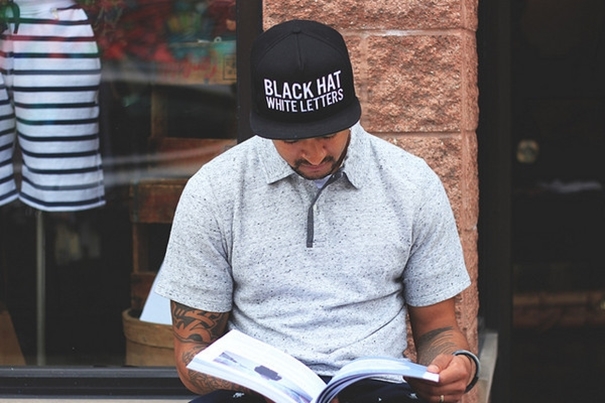Designing T-Shirt-Polo Shirt
Firstly, the design chosen for the purpose of polo shirt embroidery must have an open area. This helps the fabric in draping nicely. Secondly, one should use a cut-away stabilizer for embroidering on the polo. A cut-away stabilizer is used to support the embroidery on T-shirts. Since the fabric of a T-shirt is thin and stretchy, a cutaway stabilizer can be used for best results. Lastly, hooping up the t-shirt and the stabilizer keeps them tight enough so that the embroidery comes out nicely on the t-shirt.
Heat press t shirt printing
Heat press t shirt printing is a method of adding one's own artwork to any clothing item or any other private accessory. The designs of such type are generally applied to a shirt, a bag, a mug, or any other item. An even and regular heat and pressure is given onto the design that is to be printed by the means of a heat press.
The steps involved in heat press t shirt printing are given as under:
1. Choosing of the design, image or art form to be printed. One can use any graphic design software in order to create an appropriate art work. 2. Printing the reverse image of the art work to be printed onto a heat transfer paper. A heat transfer paper is a paper that has a lining of a clear and opaque film on its one side. For fabrics that are white or off white in colour, the heat transfer paper having a transparent film should be used and for coloured fabrics, heat transfer paper with opaque film must be used. 3. Print the design on the heat transfer paper through your printer. 4. Cut any unwanted paper from the design as leaving it will lead to transfer of film onto the fabric. 5. Place the faced down printed artwork paper on the fabric. 6. Now place the t shirt along with the art work in between the plates of a heat press and apply heat from medium to high pressure from the press in order to transfer the art work from the heat transfer paper on to the t shirt.
Your printed t shirt is ready now. http://www.amazines.com

